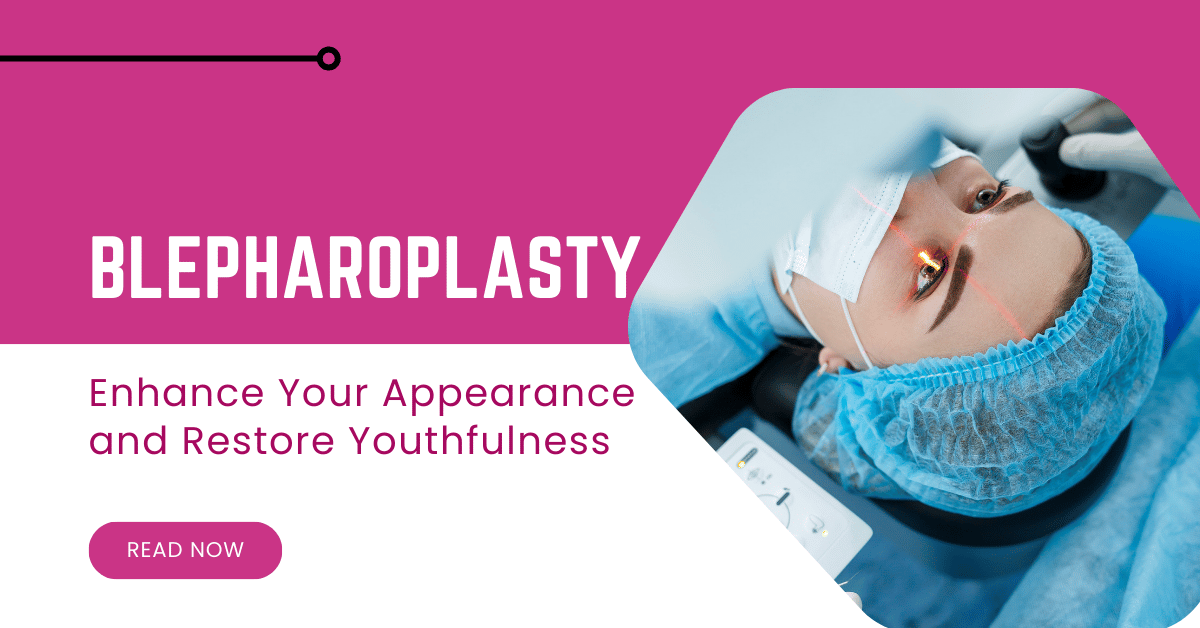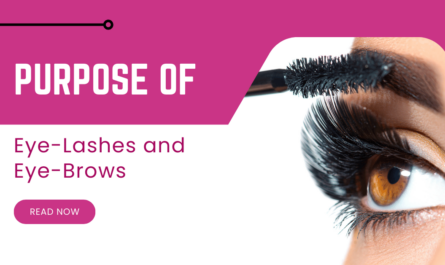Introduction
The eyes are often the first feature people notice, and they play a crucial role in expressing emotions and vitality. However, as we age, sagging eyelids, puffiness, and wrinkles can make us look older, tired, or even affect vision. Blepharoplasty, commonly known as eyelid surgery, is a popular cosmetic procedure designed to rejuvenate the eyes and restore a youthful appearance. In this blog, we’ll explore what blepharoplasty is, the common concerns it addresses, treatment options, and expert recommendations.
What is Blepharoplasty?
Blepharoplasty is a surgical procedure that removes excess skin, muscle, and sometimes fat from the upper or lower eyelids. It can be performed for cosmetic reasons or to improve vision if droopy eyelids obstruct sight. This procedure helps individuals achieve a more refreshed, alert, and youthful look. There are two main types of blepharoplasty:
- Upper Eyelid Blepharoplasty – Focuses on correcting droopy eyelids by removing excess skin and fat.
- Lower Eyelid Blepharoplasty – Addresses under-eye bags, puffiness, and wrinkles for a smoother appearance.
Common Causes and Concerns
Several factors contribute to eyelid aging and related concerns:
- Aging Process – As we age, skin loses elasticity, leading to drooping eyelids and puffiness.
- Genetics – Some people are naturally predisposed to developing eye bags or sagging skin earlier.
- Sun Exposure – UV radiation breaks down collagen, accelerating skin aging.
- Lifestyle Factors – Poor sleep, smoking, stress, and poor diet can worsen under-eye puffiness and wrinkles.
- Medical Conditions – Some conditions like thyroid disorders can cause swelling or changes in eyelid structure.
Symptoms that indicate the need for blepharoplasty include:
- Drooping eyelids that interfere with vision
- Persistent under-eye bags or dark circles
- Wrinkles or fine lines around the eyes
- Tired or sad-looking appearance despite feeling well-rested

Treatment Options and Solutions
For individuals considering eyelid rejuvenation, there are both surgical and non-surgical solutions available:
1. Surgical Blepharoplasty
- Procedure: The surgeon makes small incisions along the natural creases of the eyelid, removes excess tissue, and closes the incisions with fine sutures.
- Recovery: Patients may experience swelling and bruising for a few weeks, but full recovery typically takes 4-6 weeks.
- Results: Long-lasting, with significant improvement in eyelid appearance and sometimes vision.
2. Non-Surgical Alternatives
- Injectable Fillers – Can reduce hollowness under the eyes and smooth fine lines.
- Laser Resurfacing – Improves skin texture and tightens mild sagging.
- Botox – Reduces wrinkles and fine lines around the eyes.
- Skincare Regimen – Using retinol-based creams and hydrating eye serums can help slow down aging signs.
Expert Recommendations and Aftercare Tips
- Choose an Experienced Surgeon – Opt for a qualified ophthalmologist or plastic surgeon with expertise in eyelid surgery.
- Follow Post-Surgery Care – Avoid rubbing eyes, use prescribed eye drops, and wear sunglasses for protection.
- Maintain a Healthy Lifestyle – Proper hydration, a nutritious diet, and adequate sleep support long-term results.
- Protect Your Skin from Sun Damage – Regularly apply sunscreen and wear protective eyewear.
About Dr. Smita Mukherjee
Dr. Smita Mukherjee is a senior ophthalmologist with over 30 years of experience. She completed her post-graduation from Seth G.S. Medical College with academic honors and later joined the faculty of the same institution. Over the years, she has gained extensive experience in all branches of ophthalmology and has trained several postgraduate students. Since 1997, she has been running a private practice and now operates from Eye Solutions Clinic, Chembur. Her specialties include cataract surgery, phacoemulsification, refractive errors, diabetic retinopathy, and age-related macular degeneration.
For consultations, visit: Eye Solutions Clinic 401, Pearl Belleza, D. K. Sandu Marg, 19th Road Corner, Chembur, Mumbai 400071
FAQs
1. Is blepharoplasty a painful procedure? No, the procedure is performed under local anesthesia, and patients may experience mild discomfort rather than pain.
2. How long does the recovery take? Most swelling and bruising subside within 2-3 weeks, but full healing takes about 4-6 weeks.
3. Will there be visible scars? The incisions are made in natural eyelid creases, making scars minimal and barely noticeable.
4. Is blepharoplasty permanent? The results can last for 10-15 years, but aging will continue naturally over time.
5. Can it be combined with other procedures? Yes, many patients combine it with brow lifts or Botox for a complete rejuvenation.
6. Are there any risks? As with any surgery, risks include infection, dry eyes, or asymmetry, but choosing a skilled surgeon minimizes complications.
7. Who is a good candidate? Individuals with sagging eyelids, under-eye bags, or vision obstruction due to excess skin are ideal candidates.
Conclusion
Blepharoplasty is a highly effective way to enhance your appearance, restore youthfulness, and even improve vision in some cases. With the right expertise and post-operative care, patients can enjoy long-lasting, natural-looking results. If you’re considering eyelid surgery, consult an experienced specialist like Dr. Smita Mukherjee to discuss your options and achieve the best outcome for your unique needs.



